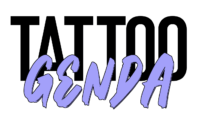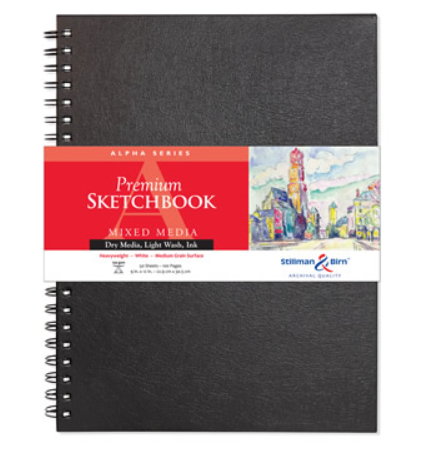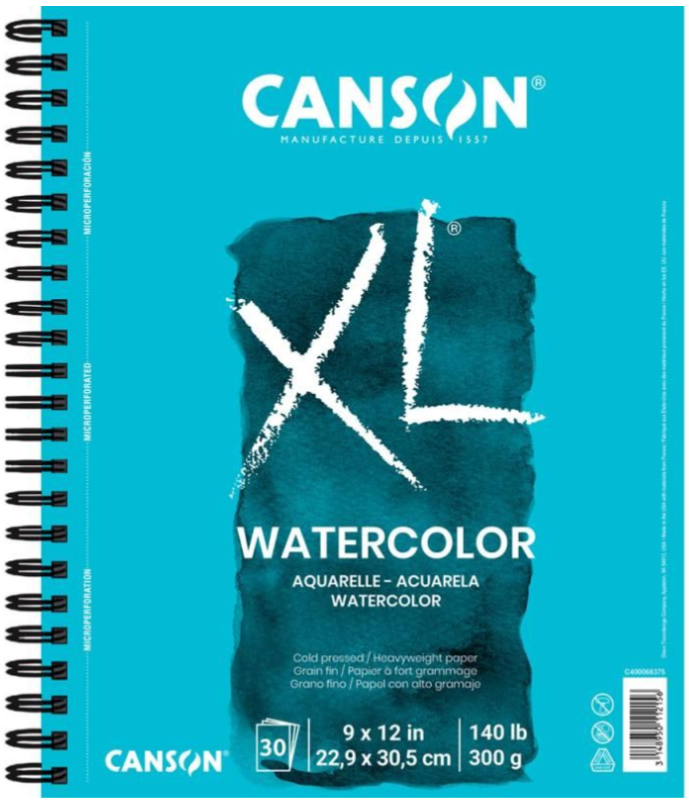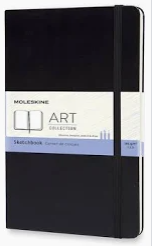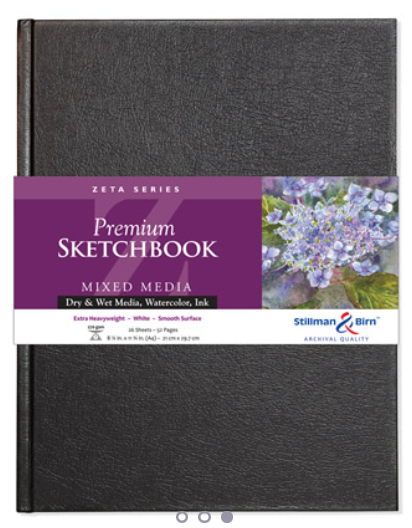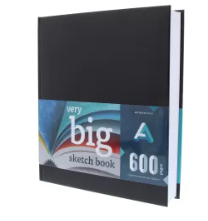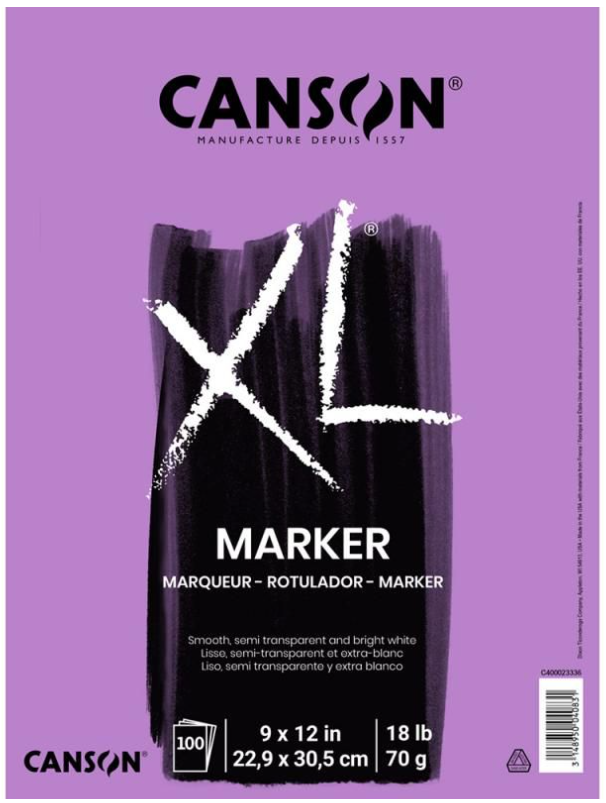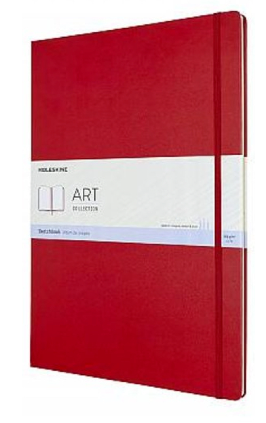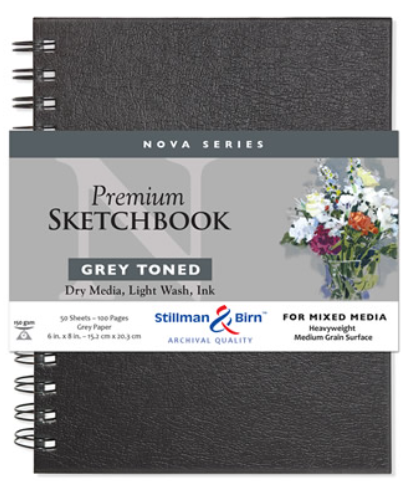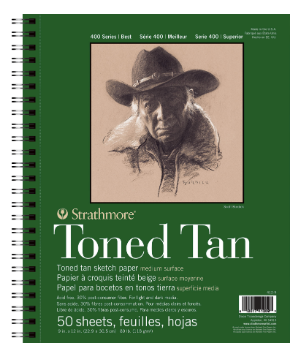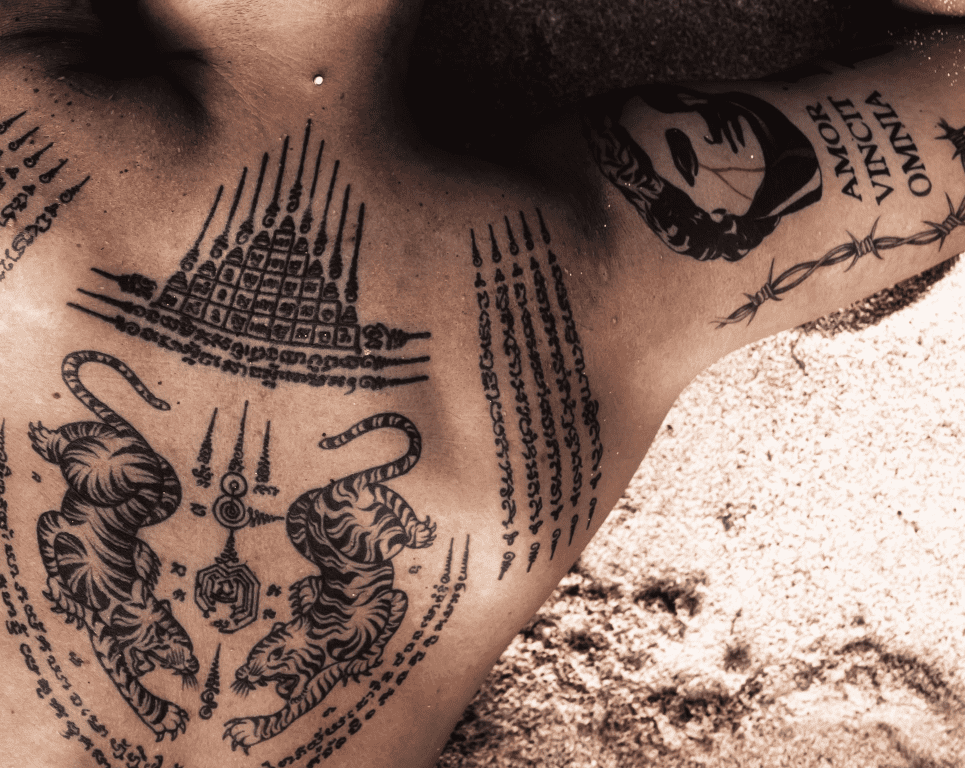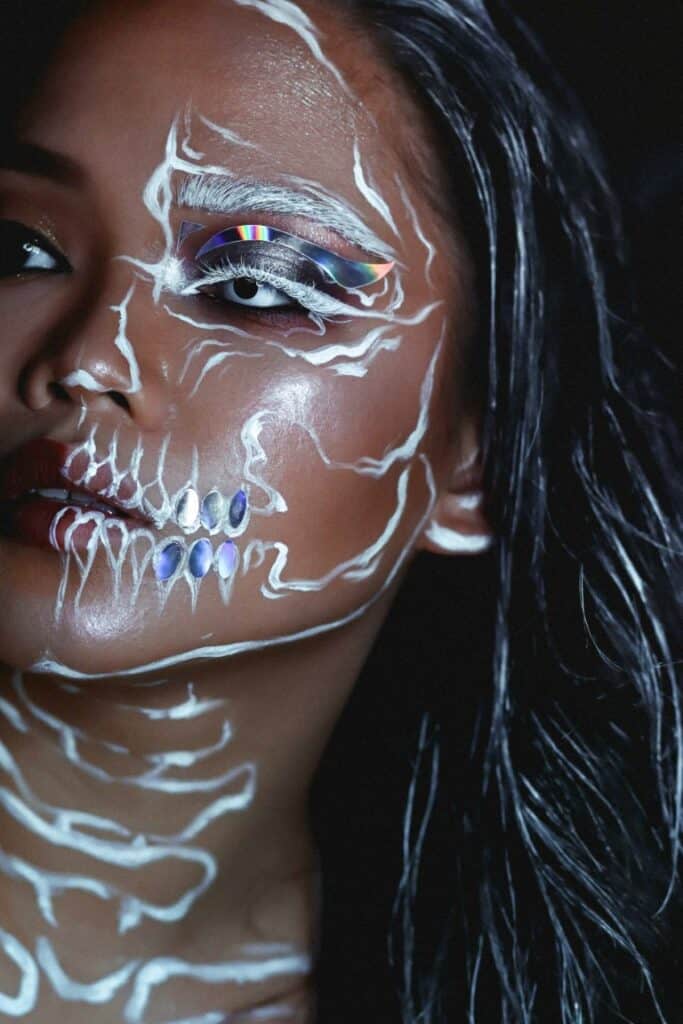Introduction
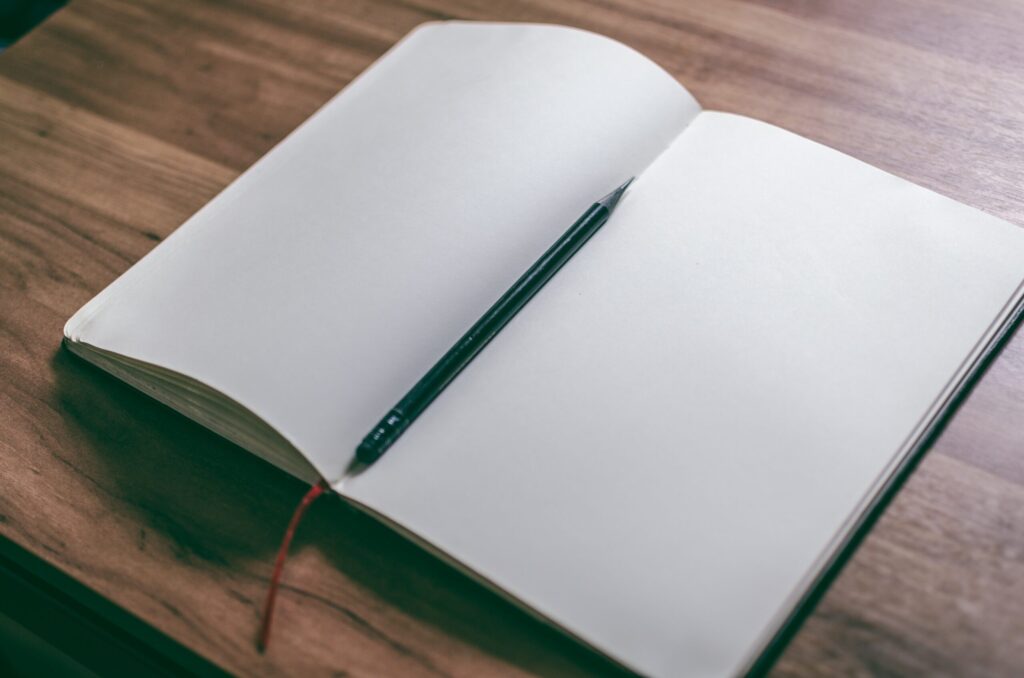
As an artist, one of the most important tools you will use is your sketchbook. It’s where you can experiment with new techniques, practice your skills, and record your ideas.
Choosing the best sketchbook for your needs can make a big difference in the quality of your work and your overall experience.
In this post, we’ll be discussing the best sketchbooks for artists in 2024. We’ll cover a wide range of options, from toned paper and wet media to thick paper and watercolor paper.
We’ll also look at factors such as spiral binding, recycled paper, and the importance of acid-free paper.
Whether you’re just starting out or you’re a professional artist, this guide will help you find the right sketchbook for your needs. So let’s dive in and explore the world of sketchbooks!
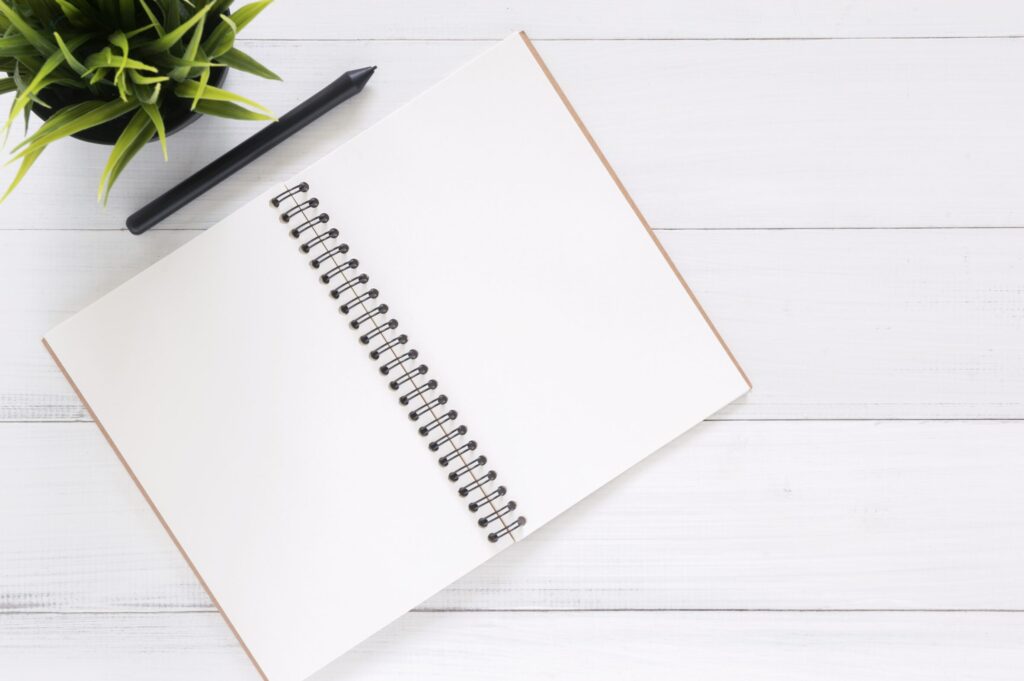
Choosing the best Sketchbook
When it comes to choosing the best sketchbook, there are a few factors to consider. Let’s take a closer look at some of the most important ones:
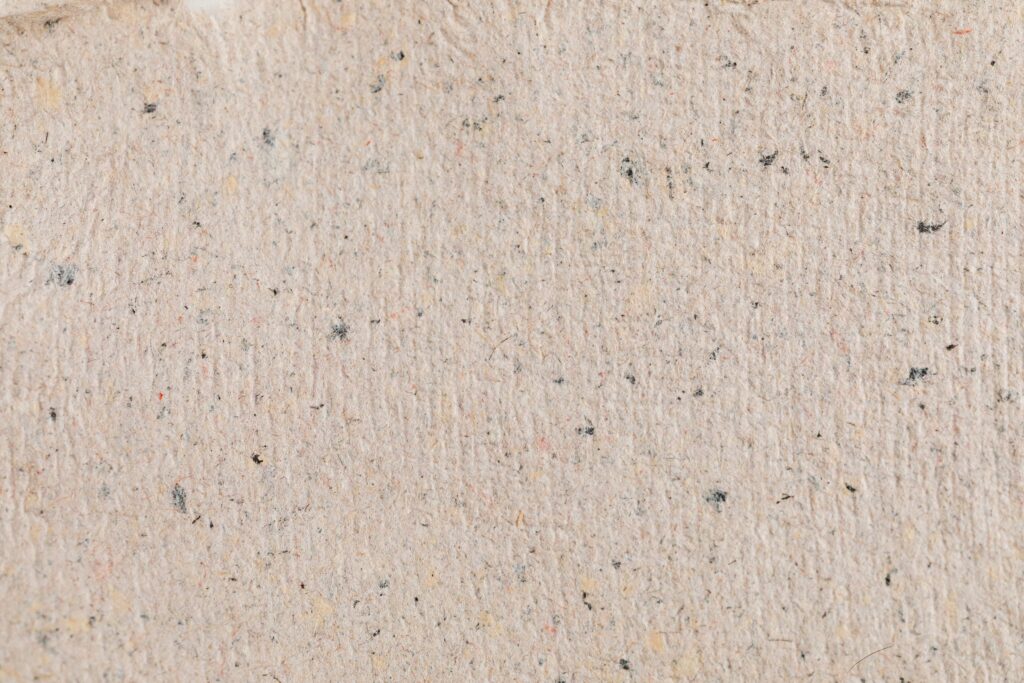
Think of the grit of your paper as sandpaper. The bigger the sandpaper grit, the more ‘dirt’ it takes of. So the more texture in your drawing paper, the more color a colorpencil leaves behind after one stroke.
Don’t push the grit down by coloring too hard! It will make the next passes impossible if you want to blend!
1. Paper Types and Quality
The quality of the paper in your sketchbook is critical for producing the best artwork.
Consider the type of medium you plan to use, such as dry or wet media or coloured pencils, and choose paper that is appropriate.
Look for sketchbooks with thick, tan-toned paper, smooth, or textured paper depending on your artistic style and preferred medium. Artists usually opt for toned sketchbook paper.
Acrylic paper and recycled paper are also popular choices for specific types of artwork.
A big grit in the paper gives a nice texture to your drawing, and pencils willl give off more pigment when striking over a gritty surface.
A smoother grit won’t show too much papertexture through, and makes it more ideal if you want to make more realistic designs where every mm² counts. Here you will need more passes with your pencil to leave as much pigment.
2. Binding Style and Durability
The binding and durability of your sketchbook can affect how well it holds up over time. There are three types of sturdy binding – spiral bound, hardbound, and tape bound.
A spiral-bound sketchbook or sewn binding options are popular, while hard or softcover options can provide varying levels of protection for your artwork.
Consider how you plan to use your sketchbook and whether you need a more durable option for frequent use or travel.
A spiral bound sketchbook is easier handled. If you plan on taking your book everywhere, on the train, in the couch, etc.. then this spiral is more usefull.
The spirals make the sheets have a bit room to move up and down, and can therefor smear out the graphite in between sheets.
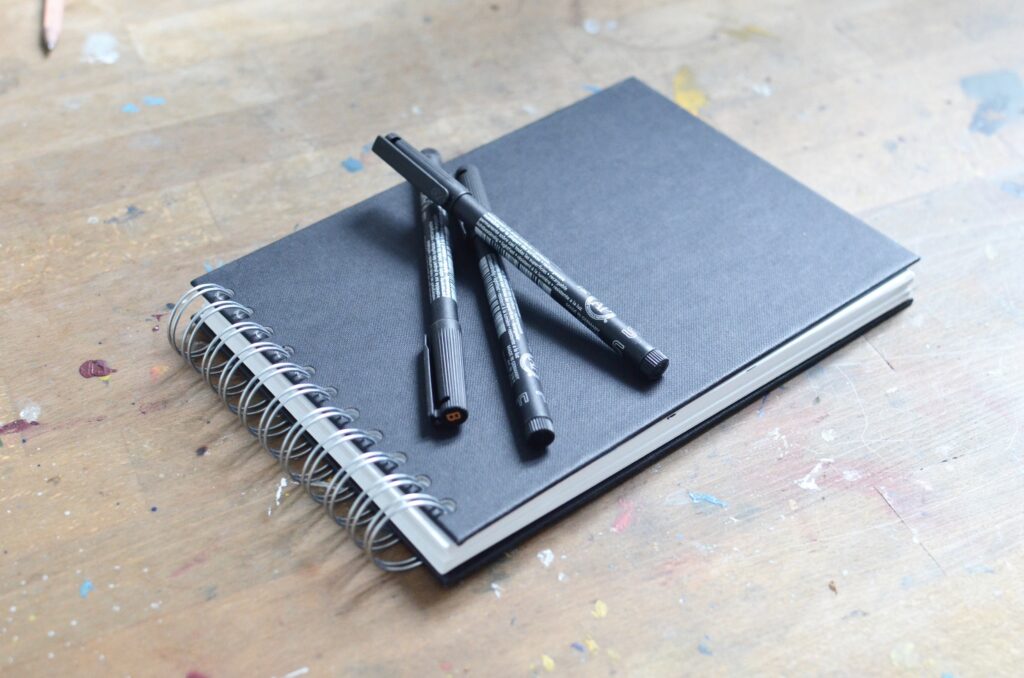
A hard or tape bound sketchbook is a bit more difficult to turn the pages, and keep it open while drawing without the previous page turning back automaticaly. But it then looks classier when presenting your book.
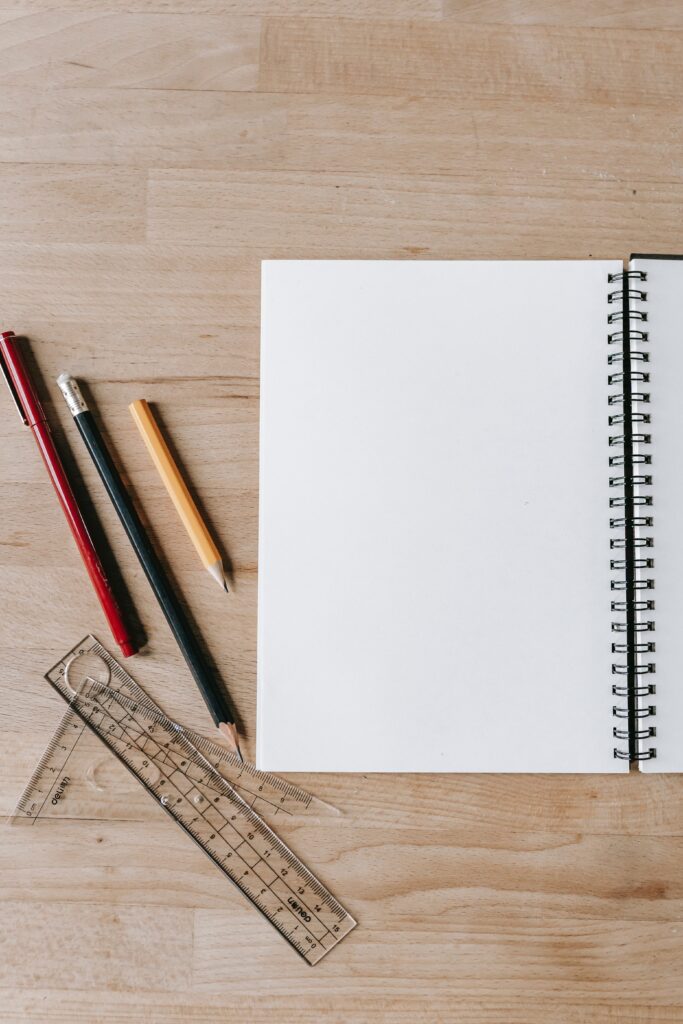
3. Size and Format
Consider the size of your sketchbook and whether you want it to be portable or large enough to accommodate more detailed drawings.
A pocket sketchbook is a great option for artists on the go, while larger sketchbooks are ideal for more detailed work.
Also, the size and format of your sketchbook will largely depend on your personal preferences and artistic needs. Common sizes include 3/5-10 and 4/3-7, while popular formats include portrait and landscape orientation.
Think about where you plan to use your sketchbook and what feels comfortable for you to hold and draw on.
4. Cover Material
Softcover sketchbooks are more flexible and easier to carry around, while hardcover sketchbooks are more durable and offer more protection for your work.
Hardcovers present more nice to if you show of your work.
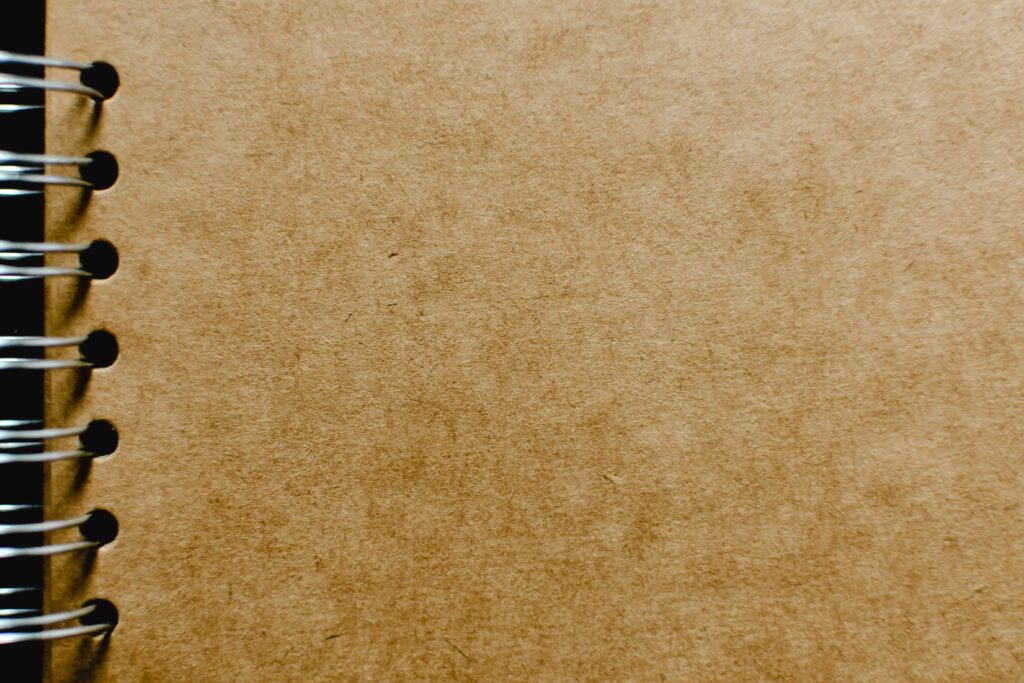
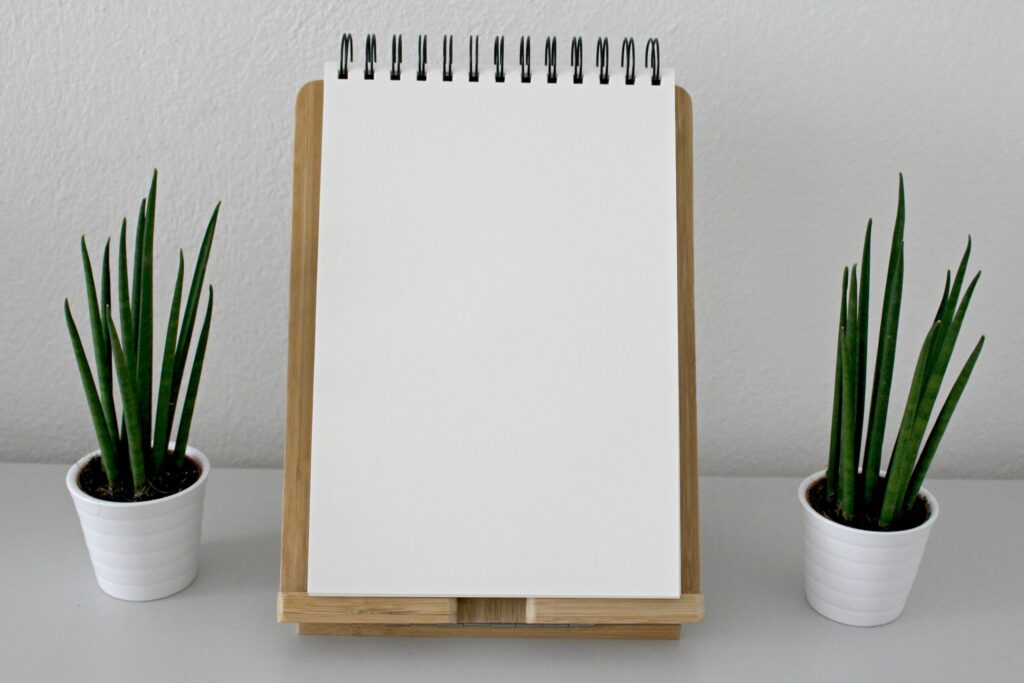
5. Page Count, Perforated Pages, and Interior Pockets
The number of pages in your sketchbook can vary greatly depending on your needs.
Look for options with perforated pages if you plan to tear out or sell individual pieces, and consider sketchbooks with interior pockets for holding art supplies.
These factors can also affect the overall weight and thickness of white paper in your sketchbook.
6. Price
The price of your sketchbook will depend on several factors, including size, format, paper quality, binding, and page count.
Set a budget that works for you and consider options within that price range.
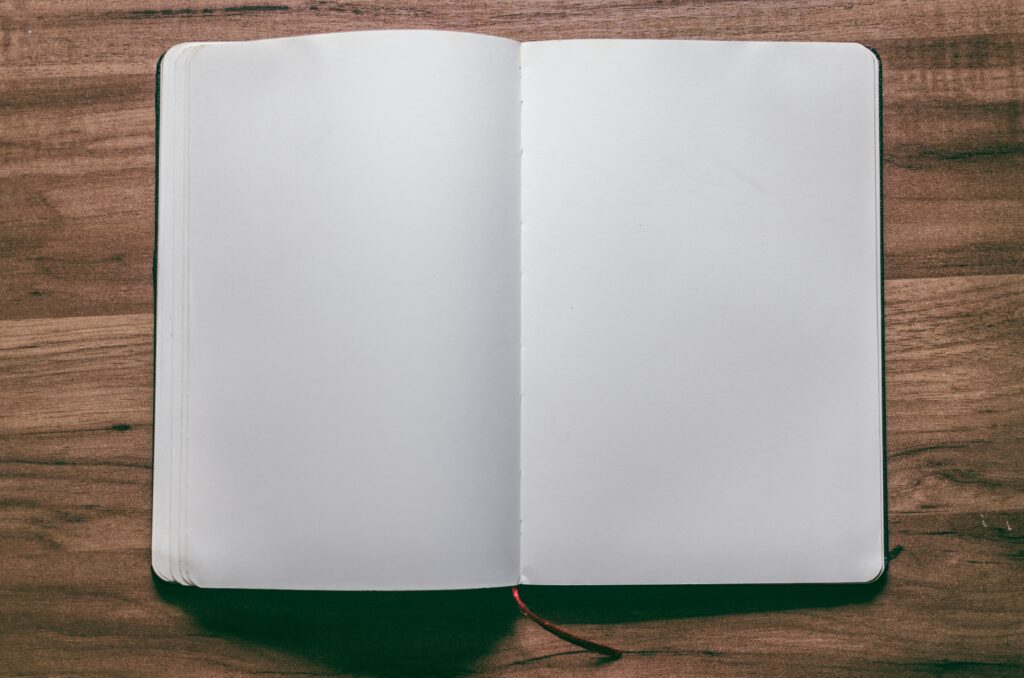
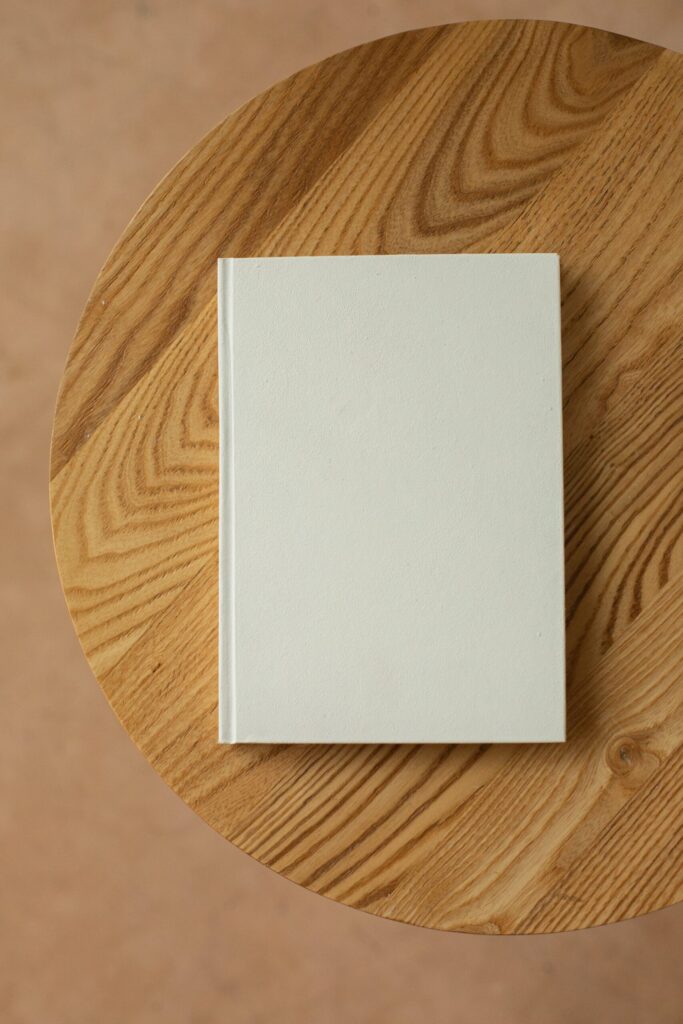
7. Accessibility
If you plan to take your sketchbook on the go, consider options that are easy to carry around in a tote bag or backpack.
Some sketchbooks come with elastic closure bands or are completely flat, making them more portable.
By considering these factors and choosing a sketchbook that suits your needs, you’ll be well on your way to creating better art in 2024.
In the following chapters, we’ll take a closer look at some of the specific types of sketchbooks available and what they’re best suited for.
Sketchbook Options for Different Mediums
When it comes to choosing a sketchbook, the type of medium you use will heavily influence your decision.
Here are some of the best sketchbooks for different mediums:
1. Best Sketchbooks for Dry Media
For artists who primarily use pencils and colored pencils, a sketchbook with smooth paper is essential.
The Art Alternatives Sketches Pocket Hardcover Sketchbook is a great option, featuring 112 pages of bright white paper that can handle graphite, charcoal, and colored pencils with ease.
Another great option is the Stillman & Birn Alpha Series Sketchbook, which features a high-quality, heavyweight vellum paper surface that is perfect for a dry medium.
2. Best Sketchbooks for Wet Media
If you’re an artist who primarily works with watercolor, gouache paint, or acrylic paint, you’ll want a sketchbook with thicker paper.
The Strathmore 400 Series Watercolor Sketchbook is a popular choice, with 140lb cold-pressed thick paper that is perfect for watercolor and other gouache paint.
The Canson XL Series Watercolor Sketchbook is another great option, with 30 sheets of acid-free paper that can withstand multiple washes without bleeding through.
3. Best Sketchbooks for Markers and Pens
Artists who work with markers and pens, including Copic markers and gel pens, need a toned sketchbook with smooth paper that won’t bleed or smudge.
The Moleskine Art Collection Sketchbook is a favorite of many artists, featuring 165gsm, acid-free paper that is perfect for pen and marker work.
Another option is the Bee Paper Super Deluxe Sketchbook, which features heavyweight, ultra-smooth paper that is perfect for ink and markers.
4. Best Sketchbooks for Mixed Media Artworks
If you like to work with a combination of wet and dry media, you’ll want a versatile sketchbook that can handle it all.
The Stillman & Birn Zeta Series Sketchbook is a great option, with heavyweight paper that can handle everything from watercolor to graphite.
Another great option is the Strathmore 500 Series Mixed Media Sketchbook, which features paper that is designed to handle both wet and dry media.
No matter what medium you work with, there is a sketchbook out there that will meet your needs.
Consider the type of paper, binding, and size that will work best for your artwork, and don’t be afraid to try different sketchbooks until you find the perfect one for you.
Sketchbook Recommendations
Now that you have a better idea of the factors to consider when choosing a sketchbook and the best options for different mediums, it’s time to provide some recommendations.
Here is a list of recommended sketchbooks based on different factors and mediums:
1. Best Sketchbooks for Dry Media
Stillman & Birn Alpha Series
This sketchbook features heavyweight, acid-free, and archival-quality paper that is perfect for dry media.
The paper in most sketchbooks is also smooth, which allows for easy pencil and colored pencil drawings. The sketchbook comes in a variety of sizes, including a pocket portrait (for good portrait orientation) and larger sizes, and it is available in both hard and softcover options.
Art Alternatives Sketches in the Making Very Big Hardcover Sketchbook
This is the best sketchbook for those looking for a larger size for their dry media drawings.
It features 600 pages of acid-free, cream-colored paper that is suitable for a range of dry media, including graphite, charcoal, and colored pencils.
The hardcover is sturdy, and the sketchbook lays flat when open.
2. Best Sketchbooks for Wet Media
Strathmore 400 Series Watercolor Sketchbook
This sketchbook features acid-free, heavy-weight paper that is perfect for watercolor, gouache, and other wet media.
The paper is also cold-pressed, which provides a slightly textured surface for added depth and dimension to your artwork.
The sketchbook comes in different sizes, including a portable 5.5×8″ option.
Stillman & Birn Zeta Series
This sketchbook features heavyweight, archival-quality paper that is perfect for a wet medium, including watercolor, gouache, and acrylics.
The paper is smooth and also accepts dry media well. The sketchbook comes in a variety of sizes, including a portable 5.5×8.5″ option, and it is available in both hard and softcover options.
3. Best Sketchbooks for Markers and Pens
Canson XL Series Marker Paper Pad
This sketchbook features 100 sheets of smooth, bleed-proof paper that is perfect for markers, pens, and other similar mediums.
The paper is also acid-free and has a bright white color. The sketchbook comes in different sizes, including a portable 9×12″ option.
Moleskine Art Collection Sketchbook
This sketchbook features acid-free paper that is suitable for pens, markers, and other mediums.
The paper is also heavy enough to resist bleeding through, and the sketchbook features a durable hardcover that makes it easy to carry around in a tote bag.
The sketchbook comes in different sizes, including a pocket-sized option.
4. Best toned Sketchbooks for Mixed Media Artworks
Stillman & Birn Nova Series
This sketchbook features heavyweight paper that is perfect for mixed media artworks, including both wet and dry media.
The paper is also pH-neutral, which makes it suitable for a range of mediums. The sketchbook comes in different sizes, including a portable 5.5×8.5″ option, and it is available in both hard and softcover options.
Strathmore 400 Series Toned Tan Sketchbook
This sketchbook features toned paper that is perfect for creating mixed-media artwork. The paper is also acid-free and comes in a smooth surface that works well with pencils, pens, and markers.
The sketchbook comes in different sizes, including a portable 5.5×8.5″ option, and it features a sturdy wire binding that allows it to lie flat when opened.
Tips for Making the Most Out of Your Sketchbook
High-quality sketchbooks are an essential tool for artists of all levels. They provide a space to practice, experiment, and document creative ideas.
Whether you are a beginner or a professional, there are many ways to make the most out of your sketchbook. Here are some tips to help you get started:
The more you use your sketchbook, the more progress you will make. Set aside time each day or week to sketch and practice, even if it’s just for a few minutes.
Consistency is crucial for improving your skills and developing your personal style.
Sketchbooks are a great place to experiment and try out new techniques. Don’t be afraid to use different types of paper, mediums, and tools to see what works best for you.
This can help you discover new approaches and styles that you may not have considered before.
Adding your own personal touch to your sketchbook can make it more meaningful and enjoyable to use.
Consider using an elastic closure band to keep the soft cover of your sketchbook closed and secure, or attaching a drawing board to the cover for added support while sketching.
Organizing your sketches can make it easier to find specific ideas and reference material later on. Consider using sticky notes or labeling sections of your sketchbook for different types of sketches or themes.
Sharing your sketches with others can be a great way to get feedback and connect with other artists.
Consider joining an online community or sharing your sketches on social media to get feedback and support from others.
Sketchbooks vary, some with black paper, others with white; some with glue binding, and others thread bound. With such varieties, you need to know the types of pens ( e.g. a ballpoint pen, fountain pens), inks (e.g. india ink and markers (e.g. acrylic markers) that are best for your sketchbook. However, there are versatile sketchbooks that can take any.
Summarily, a sketchbook is an essential tool for artists who want to improve their skills and develop their personal style. By practicing consistently, experimenting with different mediums and techniques, personalizing your sketchbook, organizing your sketches, and sharing your work, you can make the most out of your sketchbook and take your art to the next level.
Little note
There is a little difference between a sketchbook and a sketch pad. A sketch pad is a sketchbook larger than 11″x14″ and is often tape or spiral bound.
Conclusion
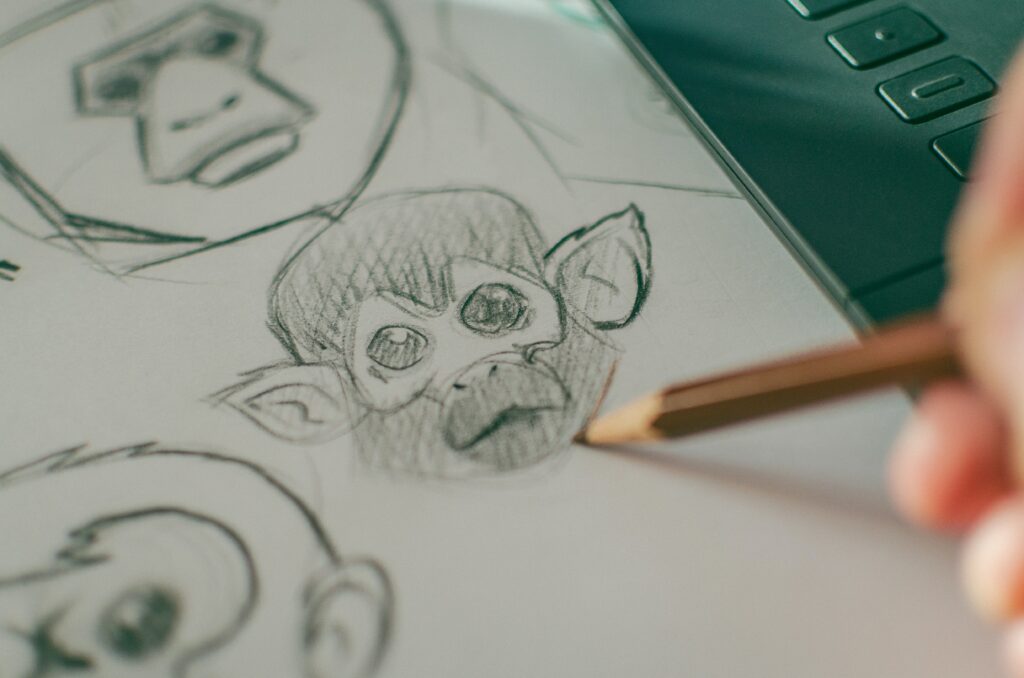
In conclusion, choosing the right sketchbook is crucial for artists who want to hone their skills and express their creativity. By considering factors such as size, paper quality, binding, and price, artists can find a sketchbook that meets their specific needs and preferences.
Moreover, selecting a sketchbook that is suitable for the mediums they use, such as dry or wet mediums, can make a huge difference in the outcome of their artwork.
Making the most out of a sketchbook is also important. By consistently practicing and experimenting with different mediums and techniques, artists can improve their skills and develop their style.
Personalizing and organizing the sketchbook, such as adding an elastic closure band or a drawing board to the cover, can also make the sketchbook more functional and convenient to use.
We encourage artists to explore different sketchbook options and find the perfect one that suits their needs. With the right sketchbook, artists can create art anytime, anywhere, and unleash their full creative potential.
So, what are you waiting for? Grab a sketchbook, start sketching, and unleash your creativity!
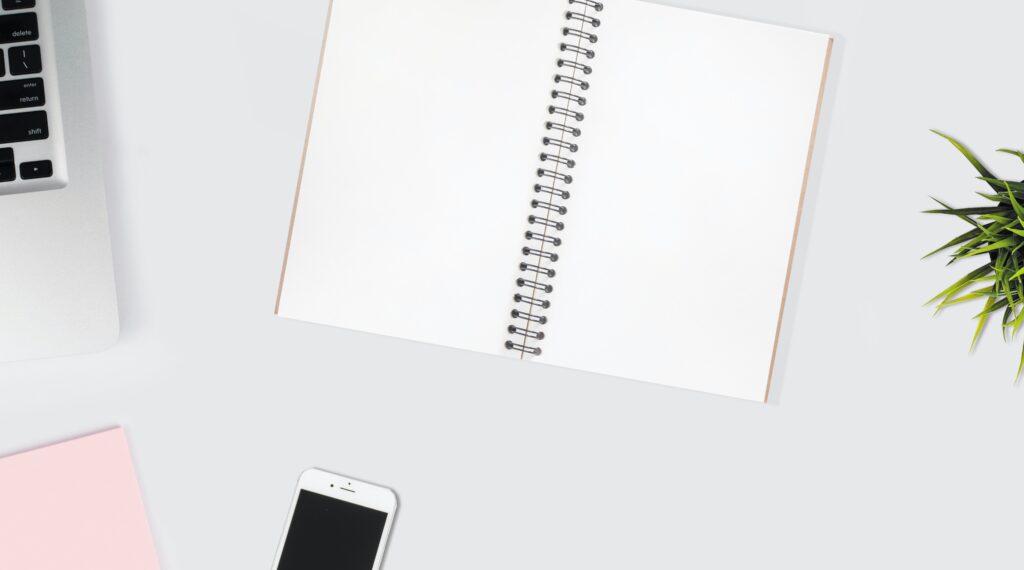
Best Artist Sketchbook FAQ's:
While you can technically use any paper for sketching, it’s important to consider the quality and thickness of the paper. Sketchbooks are specifically designed for artwork, and they usually have papers with thick pages and of higher quality than regular paper.
Besides from the thickness, you should decide what grit you want. The grit you want is expressed as ‘smooth’ or ‘textured’. A big grit is a big texture and will leave it’s texture to shine through your drawing.
A smooth grid, won’t show much texture through your drawing, and is perhaps better for realism drawing where every mm² of detail counts.
The size of your sketchbook depends on your personal preference and the type of artwork you create. Some artists prefer smaller sketchbooks for quick sketches and ideas, while others prefer larger sketchbooks for more detailed drawings.
An other argument for size is if you want to take it with you? If so, it should fit in your purse or backpack.
The type of binding you choose depends on how you plan to use your sketchbook. Spiral-bound sketchbooks are convenient for artists who need to fold their sketchbooks back or want to remove pages easily. Eg. when traveling or taking your sketchbook with you everywhere. Hardcover sketchbooks are more durable and offer a more stable surface to work on, the sheets have less room to scratch over each other and thus smear your graphite.
Yes, some sketchbooks are specifically designed for watercolors and can handle the wet medium. It’s important to check the specifications of the sketchbook before using it with watercolors to ensure it can handle the medium.
Sometimes they are even glue bound on 3 sides of the paper, for maximum stretching when wet. You can easily tear of the page then when dry.
When looking for a sketchbook for drawing, consider the quality of the paper, thickness, size, and binding. It’s also helpful to consider any additional features, such as a hardcover or perforated pages.
Want to read more articles?
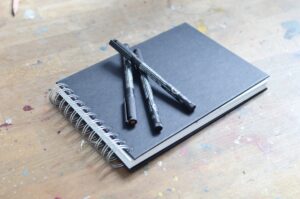
Sketchbooks for Artists in 2024: The Importance of Choosing the Best Sketchbook
Introduction As an artist, one of the most important tools you will use is your sketchbook. It’s where you can experiment with new techniques, practice
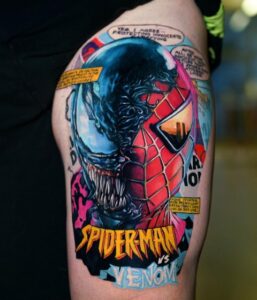
Marvel at These Incredible Spiderman Tattoo Ideas For 2024
Spiderman tattoos have become increasingly popular over the years, and it’s not hard to see why. With his iconic red and blue suit, memorable villains,

25+ Brilliant Batman Tattoo Designs In 2024!
Introduction Welcome to the world of Batman tattoos, where the Dark Knight, the pride of DC comics, reigns supreme! Batman is one of the most
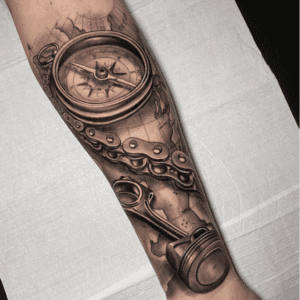
Amazing Compass Tattoo Designs To Try In 2024
Ahoy there! If you’re looking for a tattoo design that will always point you in the right direction, then a compass tattoo might be just
